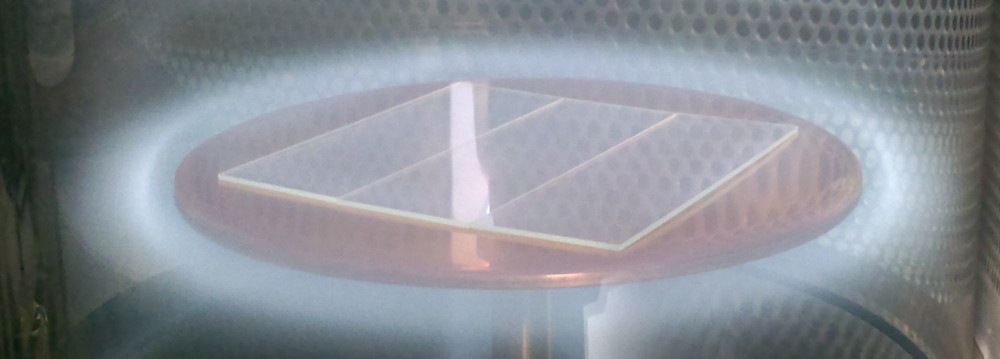The following video shows a time-lapse video of Blumeria graminis f.sp. hordei germination on an artificial surface coating conducted by Dr Bryan Coad and Dr Alan Little, University of Adelaide. The coating was made from hexacosanal (C26 aldehyde) mixed with Formvar ® resin and then cast onto glass slides using the previously published method (1).
Live cell imaging was conducted over 6 hours and compressed into a 5 second video. This video will automatically restart and loop.
In the first hour, primary germ tubes are extended and conidia “tilt” and roll slightly. A small proportion of the conidia develop appressorial germ tubes that extend away from the body. Some of these differentiate into hooked appresoria and attempt penetration of the surface coating. After 6 hours, low humidity in the chamber caused the conidia to desiccate.
This video is used to exemplify the method of live-cell imaging and visualisation of germination on artificial coatings. This technique can be used to visualise germination on other cuticle-mimetic surfaces (such as plasma cuticle mimics).
Using this method, we hope to understand (through visulisation) how fungal germ tubes are developed in response to surface chemistry and topography. Understanding the physicochemical features of surfaces will aid in the discovery of new agents to protect crops from diseases.
References
- Hansjakob, A.; Bischof, S.; Bringmann, G.; Riederer, M.; Hildebrandt, U. New Phytologist 2010, 188 (4), 1039-1054
